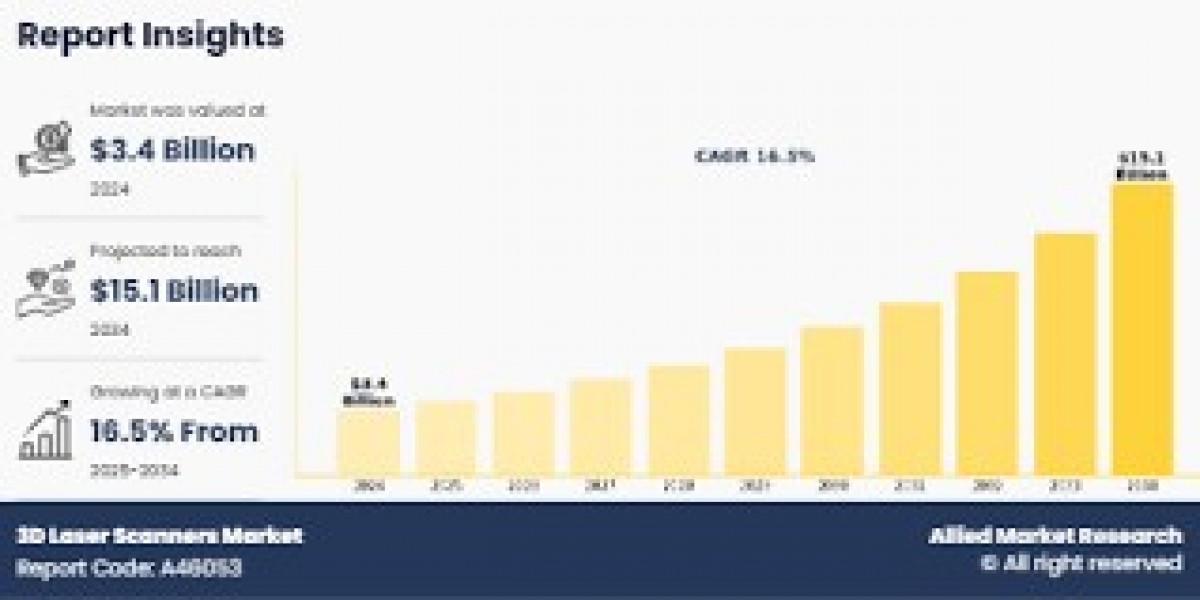Quantum Dot Display: Shaping the Future of Visual Technology
Quantum Dot Displays are revolutionizing the world of screens by delivering vibrant colors, sharper contrast, and greater energy efficiency. As consumer demand for high-definition, lifelike visuals increases—especially in TVs, monitors, tablets, and smartphones—quantum dot (QD) technology has emerged as a key innovation driving the next generation of display panels.
What is a Quantum Dot Display?
A Quantum Dot Display uses quantum dots, which are nanoscale semiconductor particles, to emit precise colors when stimulated by light. These dots are capable of producing extremely pure red, green, and blue colors by varying their size:
Smaller dots emit blue light
Medium-sized dots emit green
Larger dots emit red
Quantum dots are typically used in combination with LCD (liquid crystal display) backlighting systems to enhance color reproduction and brightness. In most commercial QD displays, a blue LED backlight is used to excite red and green quantum dots, which then combine to produce full-spectrum white light, resulting in improved image quality.
Key Advantages of Quantum Dot Displays
Exceptional Color Accuracy and Brightness
QD displays can achieve over 90% of the Rec. 2020 color space, making them ideal for 4K and 8K content. The brightness and saturation outperform traditional LCD and OLED in many cases.Improved Energy Efficiency
Because quantum dots convert light more efficiently than traditional phosphors, QD displays consume less power while maintaining high brightness.Extended Lifespan
Unlike OLED displays, which can suffer from burn-in over time, QD displays are more resistant to image retention, providing a longer-lasting display solution.Enhanced HDR Performance
Quantum dots can maintain color integrity at higher brightness levels, making them ideal for High Dynamic Range (HDR) content.Cost-Effective Production (Compared to OLED)
As QD technology matures, it is becoming more economical to produce, especially when integrated with existing LCD manufacturing processes.
Quantum Dot Display Variants
QLED (Quantum-dot Light Emitting Diode):
A term commonly used by Samsung and others, QLED integrates quantum dots with an LED-backlit LCD. It improves color and brightness while retaining the structure of conventional displays.QD-OLED (Quantum Dot OLED):
Combines quantum dots with OLED technology. Here, blue OLED emits light, and quantum dots convert it into red and green. This hybrid offers the deep blacks of OLED with the color precision of QDs.MicroLED with Quantum Dots:
An emerging technology where individual MicroLEDs serve as light sources with QD layers to tune the color output, promising a future of ultra-thin, self-emissive displays.
Applications Across Industries
Consumer Electronics:
TVs, monitors, smartphones, and tablets use QD displays to deliver superior visual quality and immersive viewing experiences.Healthcare and Imaging:
In diagnostic displays, quantum dot panels provide enhanced clarity for medical imaging and data visualization.Automotive Displays:
Quantum dot displays are being used in modern vehicles for infotainment systems and digital instrument clusters due to their high brightness and reliability.Virtual Reality and Augmented Reality (VR/AR):
The improved color gamut and response time of QD displays make them suitable for immersive headsets and smart glasses.
Market Outlook and Growth Trends
The Quantum Dot Display market is projected to grow significantly over the next decade, driven by:
Rising demand for premium TVs and monitors
Adoption of quantum dot technology in mobile devices
Development of QD-OLED and next-gen self-emissive displays
Consumer preference for high-quality visuals and HDR content
Asia-Pacific remains the largest market, with strong manufacturing bases in South Korea, China, and Japan.
Challenges and Considerations
Despite their benefits, quantum dot displays face a few challenges:
Toxicity Concerns:
Early quantum dots used cadmium, a heavy metal. However, cadmium-free quantum dots are now widely adopted to address environmental and regulatory issues.Cost Competitiveness:
While QD displays are cheaper than OLED, they are still more expensive than standard LCDs, limiting penetration in low-cost markets.Technology Competition:
OLED and MicroLED technologies continue to evolve, providing stiff competition to QD-based displays.
The Future of Quantum Dot Displays
The evolution of quantum dot technology is moving toward self-emissive QD-LED displays, where quantum dots directly emit light without requiring backlights. This promises thinner, more flexible, and energy-efficient displays with unmatched color performance. Advances in nanomaterials and hybrid architectures (like QD-OLED) will further push the boundaries of what’s possible in visual display technology.
Read More
| Electronic Components For Hvdc System Market |
| Encoder Market |
| 802 15 4 Chipset Market |
| Hazardous Location Led Lighting Market |
| Hvac Sensor Market |
| Laser Transmitter Market |








